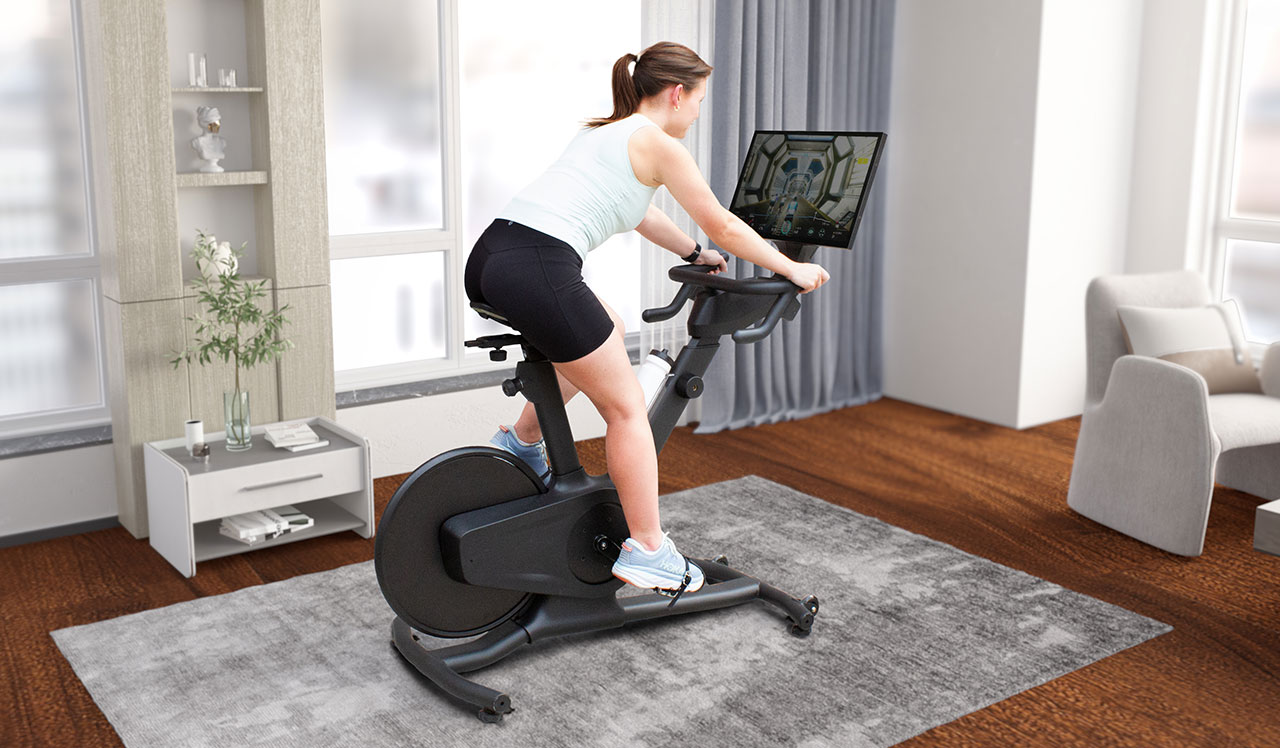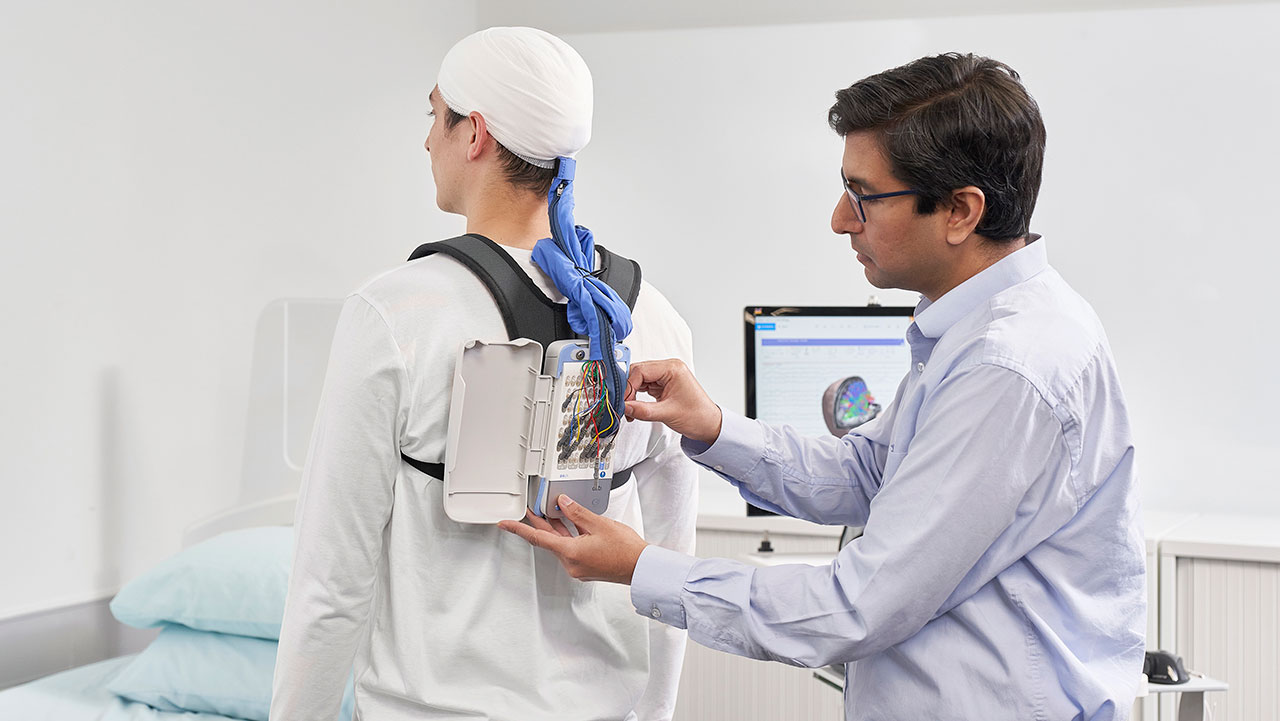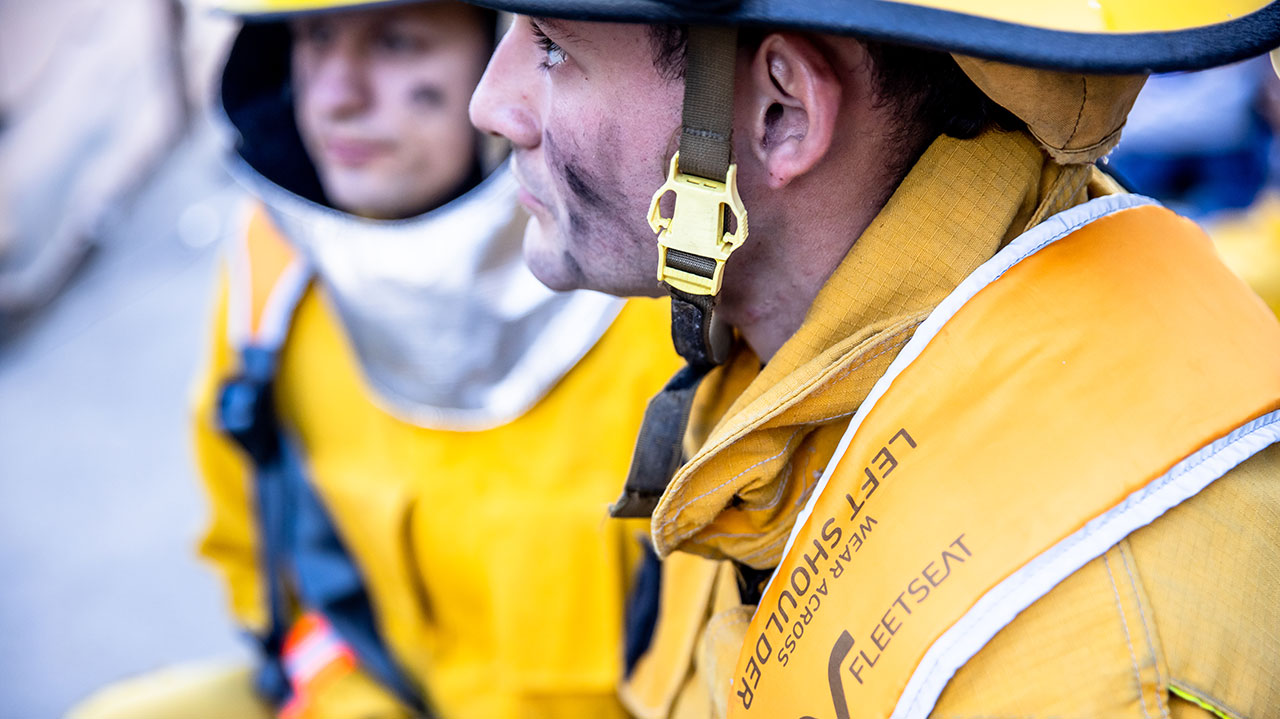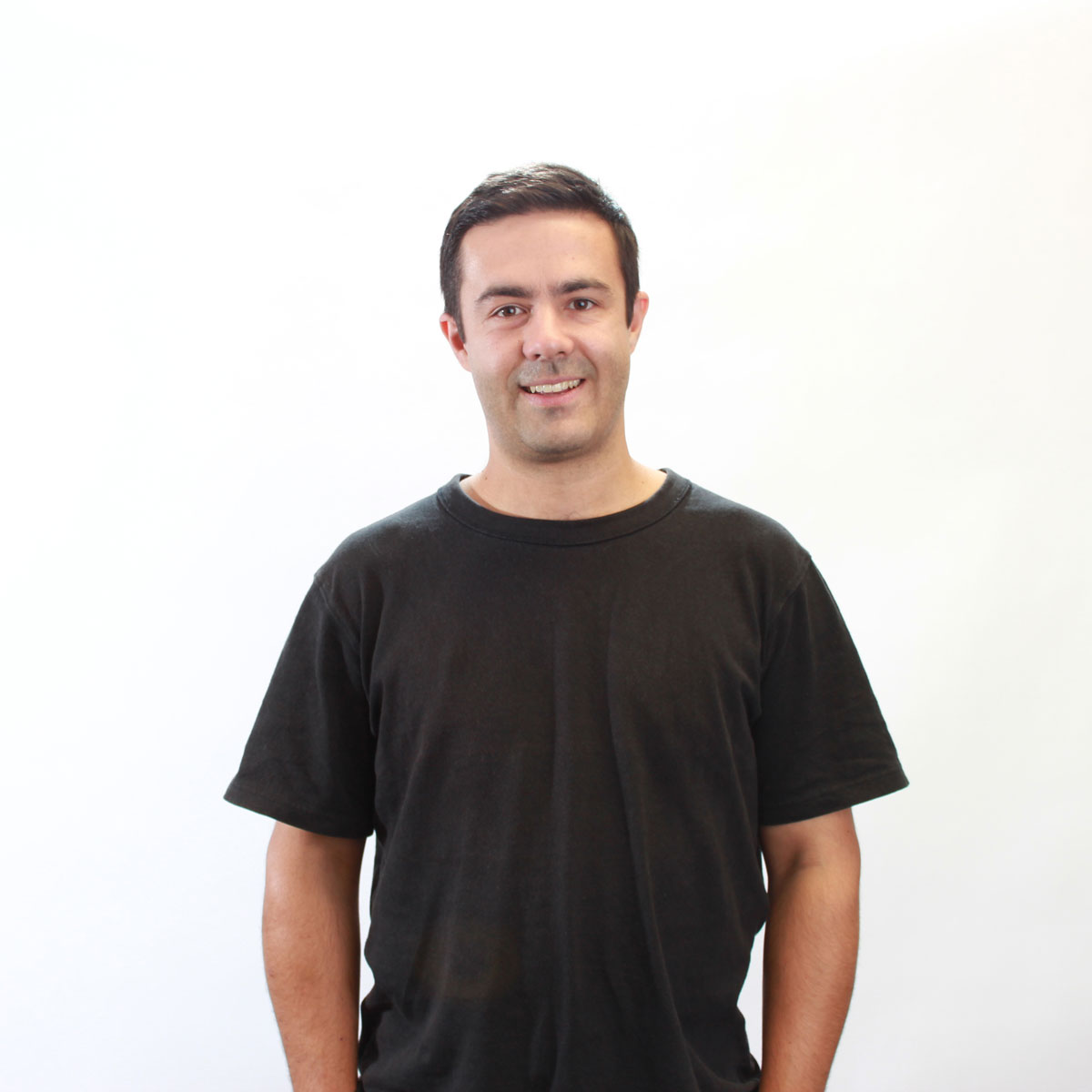lumbar traction device
We worked with physiotherapist and founder of RWC Enterprises to design the patented Back Liberator to provide patients with access to lumbar traction for consistent and on-going pain maintenance at home and the ability to sit comfortably. Our client had years of experience in applying lumbar traction to treat patients with lower back pain.
Duration
10 months
industry
- medical and scientific
expertise
- industrial design
- mechanical engineering
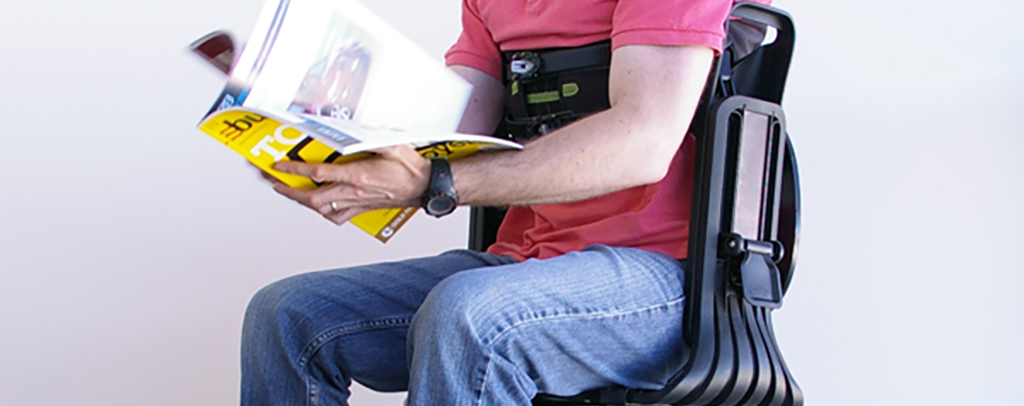
We engineered the Back Liberator to be easy to for a person with lower back pain to use without needing assistance in their home or office. The Back Liberator design relieves pressure on the joints, nerves, discs and structures in the lower back.
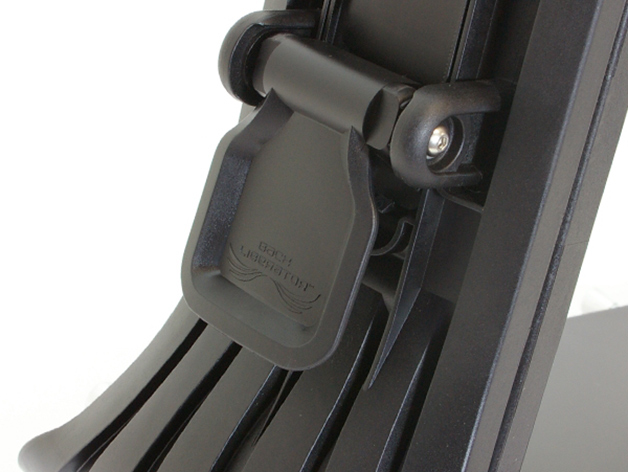
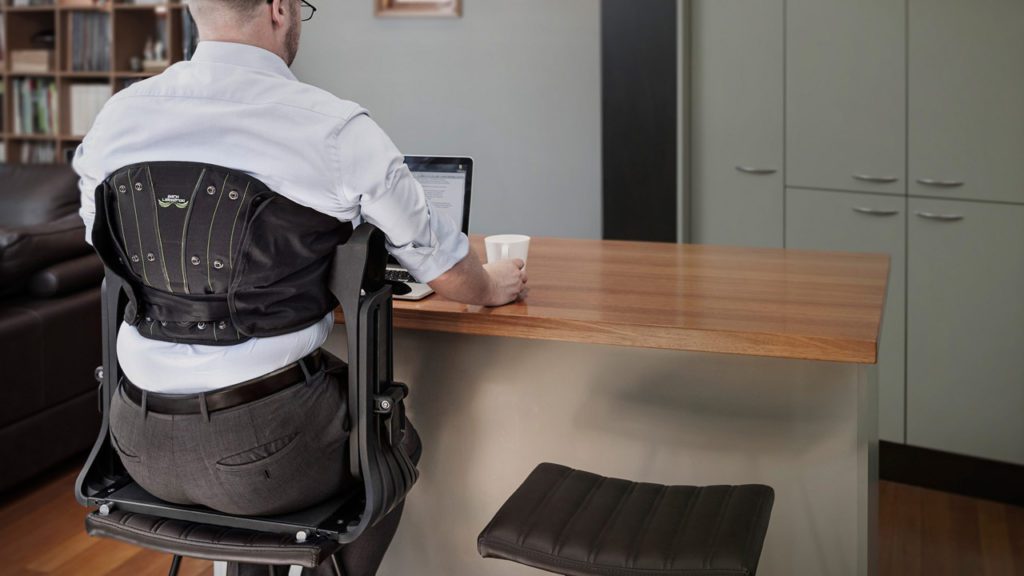
We prototyped and tested the design extensively. Our designers worked with physiotherapists and patients to understand and experience first-hand the issues surrounding how people manage back pain. User trials identified patient needs and their specific requirements informed improvements in the design.
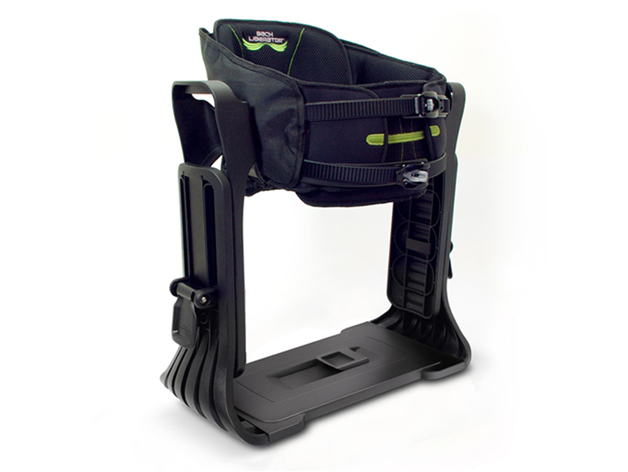
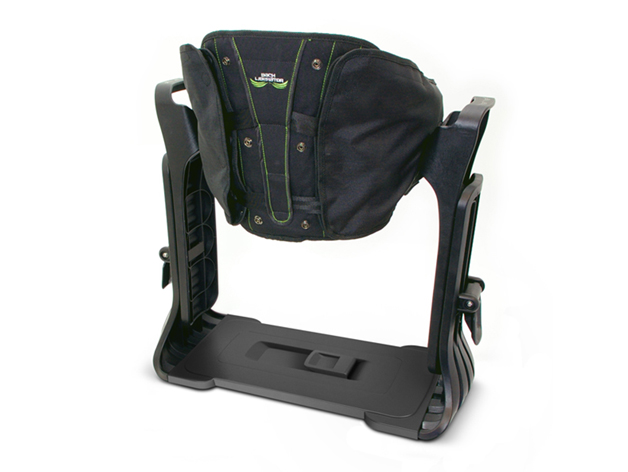
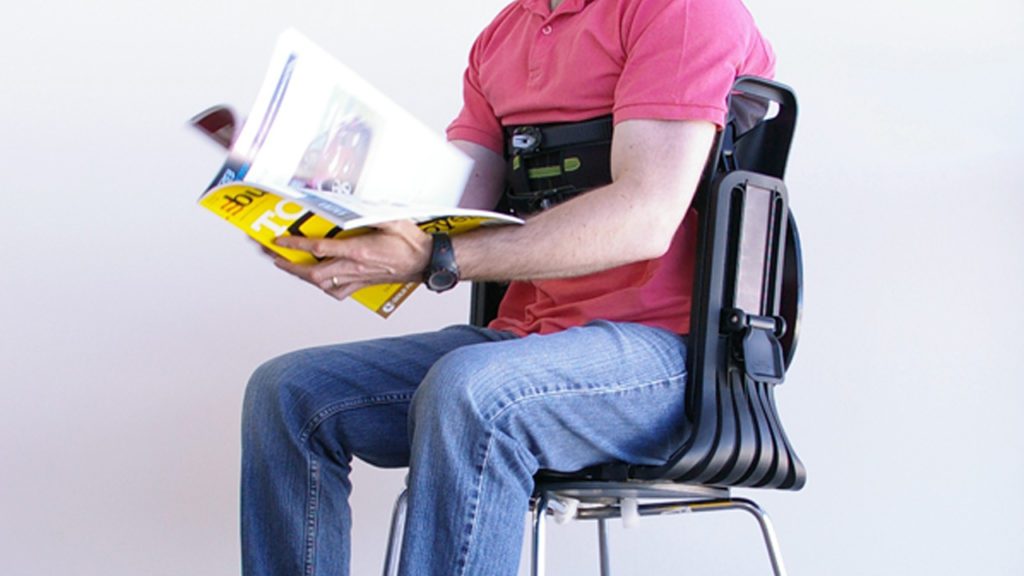
outerspace designed the Back Liberator frame to sit safely on a flat seat or steady chair. We integrated a buckle with a ratchet mechanism, so a patient can fit the harness firmly around their torso and then lower themselves down over the frame. Hooks on the harness slide into the holes on the frame, allowing the Back Liberator to apply passive traction to the lumbar spine.
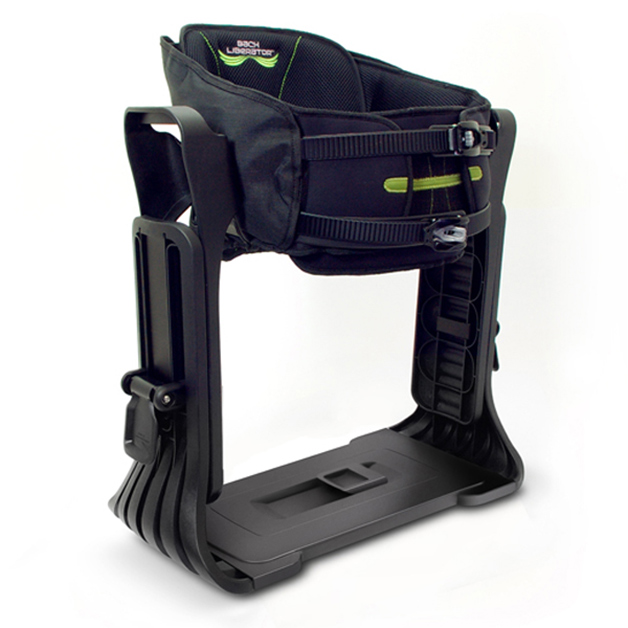


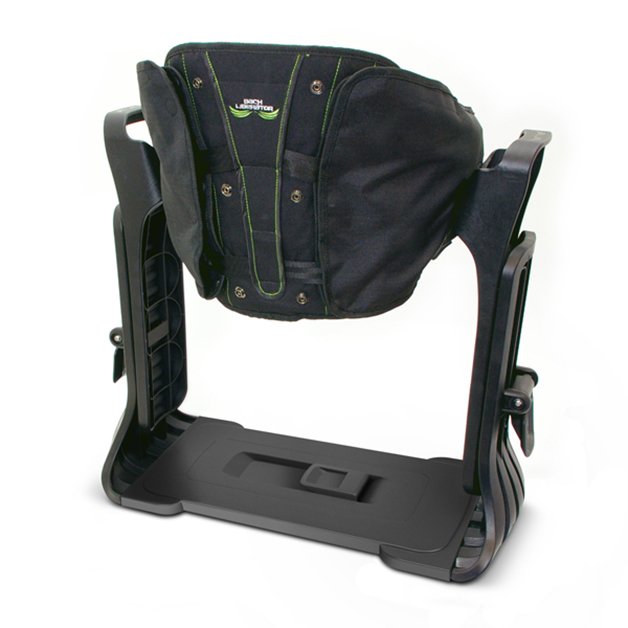
We sculpted the structural parts for inherent strength and combined material properties with castellated surfaces and concave forms to achieve a light, strong, and rigid structure.
The structural parts are injection moulded in nylon with long strand glass fibre fill to provide a lightweight, strong and suitably rigid structure capable of supporting large loads with just enough flex and movement.
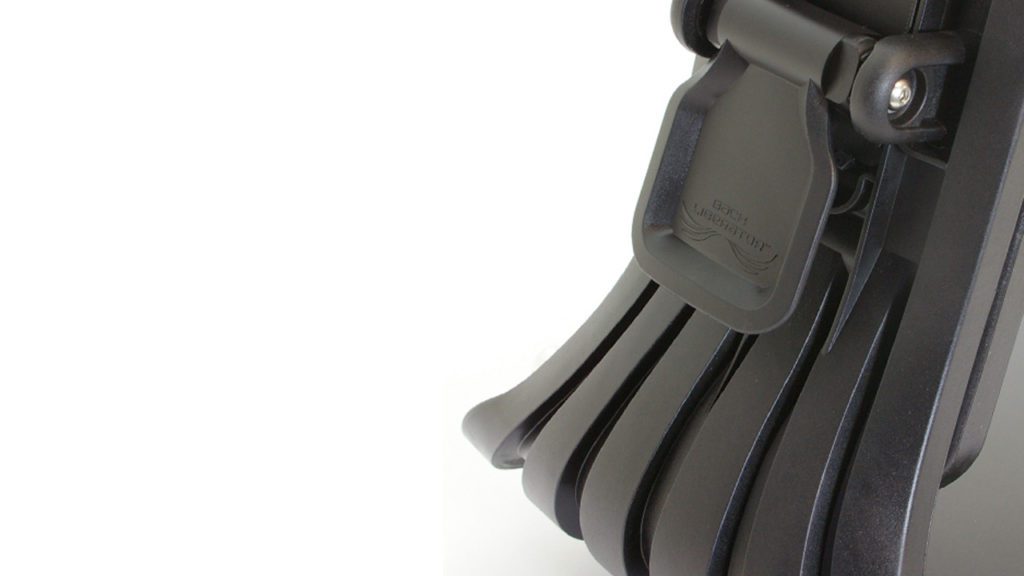
We engineered the Back Liberator to provide adjustable support for a range of body types and weights. We detailed the harness body in rip-stop polyester to prevent any stretch and to keep the product weight to a minimum. The aluminium base plate is light, strong and has a rubber coating to improve friction and prevent slipping. Our risk mitigation, FEA analysis, and effective project planning ensured the product complied with TGA requirements and medical standards.
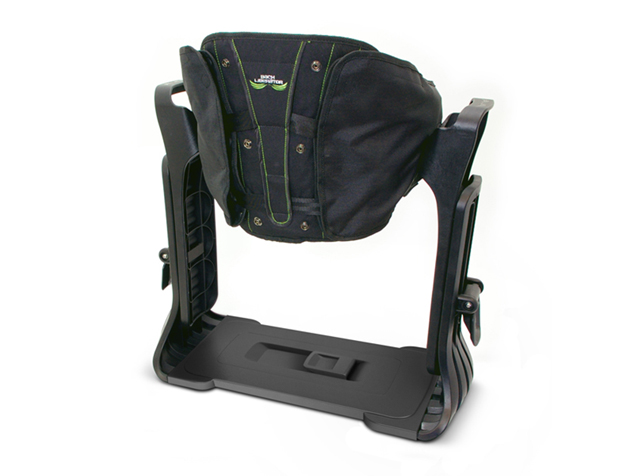
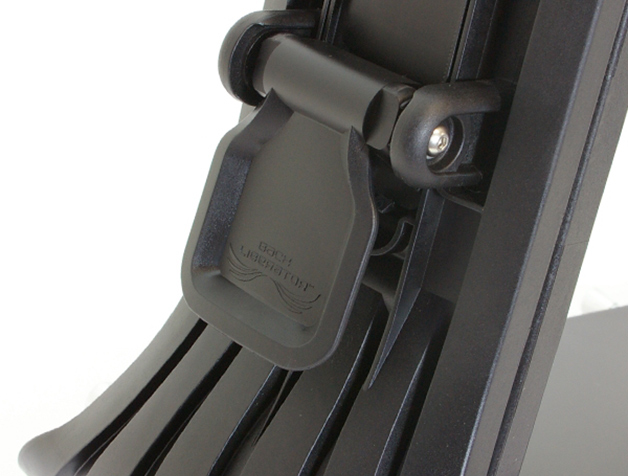
We kept the weight of the Back Liberator down to make it easily portable. Weighing 6 kilograms, it is easy to carry. The frame easily disassembles and combined with the folded harness the device fits into a typical airline cabin case for easy transportation and storage.

Managing Director, Comtruk
